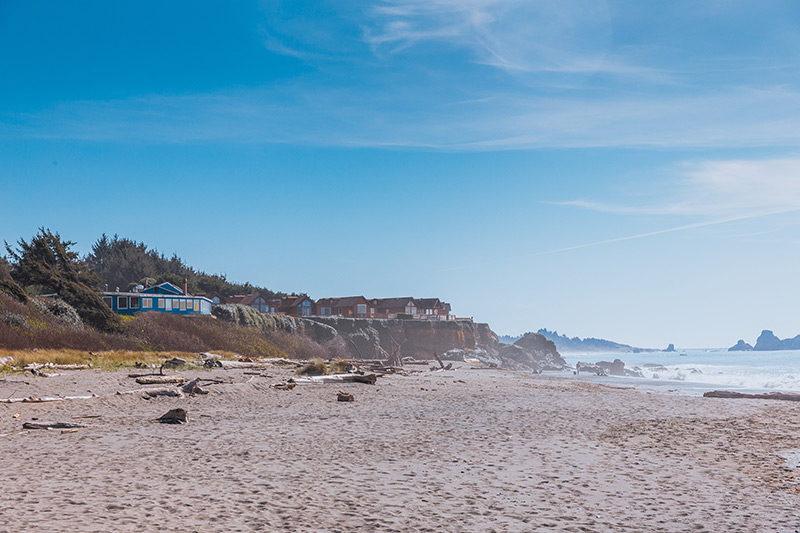Park Information
Weather
The weather can be changeable; layered clothing is recommended.
Location & Directions
 The beach is 21 miles north of Crescent City on Highway 101.
The beach is 21 miles north of Crescent City on Highway 101.
Smith River, CA
Nearby Marine Protected Areas
Like state and national parks protect wildlife and habitats on land, marine protected areas (MPAs) conserve and restore wildlife and habitats in our ocean. Under the California Marine Life Protection Act (MLPA) passed in 1999, California began a historic effort to establish a science-based, statewide network of MPAs through a collaborative effort that includes the California Department of Fish and Wildlife and California State Parks. California is taking a regional approach to the design and implementation of MPAs, and has divided the state into five regions: the north coast, south coast, north central coast, central coast and San Francisco Bay.
MPAs contribute to healthier, more resilient ocean ecosystems that can better withstand a wide range of impacts such as pollution and climate change. By protecting entire ecosystems rather than focusing on a single species, MPAs are powerful tools for conserving and restoring ocean biodiversity, and protecting cultural resources, while allowing certain activities such as marine recreation and research. There is a global body of scientific evidence about the effectiveness of marine protected areas and reserves to restore marine ecosystems (http://www.piscoweb.org).
In the waters adjacent to Pelican State Beach, there is one MPA, Pyramid Point State Marine Conservation Area (SMCA).
- Pyramid Point State Marine Conservation Area (SMCA)
- This area is bounded by the mean high tide line and straight lines connecting the following points in the order listed except where noted:
42° 00.000’ N. lat. 124° 12.735’ W. long.;
42° 00.000’ N. lat. 124° 19.814’ W. long.;
thence southward along the three nautical mile offshore boundary to
41° 57.500’ N. lat. 124° 17.101’ W. long.; and
41° 57.500’ N. lat. 124° 12.423’ W. long. - Pyramid Point State Marine Conservation Area covers most of the section of coast north of the mouth of the Smith River to the Oregon border. Highway 101 runs along the coast, close to the beach, and there are a number of places to pull out and walk to the beach. The southern portion is a stretch of sandy beach followed by rocky beach and some offshore rocks and reefs.
- Pelican State Beach offers beautiful ocean views. This undeveloped site is on the Oregon border. The small, secluded beach is perfect for walking and beachcombing. The beach has the distinction of being the northern-most state beach.
- Permitted/Prohibited Uses: Take of all living marine resources is prohibited EXCEPT the recreational take of surf smelt by dip net or Hawaiian type throw net.
- The following federally recognized tribe is exempt from the area and take regulations for Pyramid Point State Marine Conservation Area (subsection 632(b)(1)) and shall comply with all other existing regulations and statutes: Smith River Rancheria.
- This area is bounded by the mean high tide line and straight lines connecting the following points in the order listed except where noted:
This information does not replace the official regulatory language found in California Code of Regulations, Title 14, Section 632, including commercial allowances and restrictions.
- A fishing license is required for any fishing.
- All existing take regulations still apply in addition to the ones listed above.
- Unless otherwise stated, all non-consumptive recreational activities are allowed.
Additional Resources:
For additional information on MPAs please visit the California Department of Fish and Wildlife’s website: https://www.wildlife.ca.gov/MPAs
For resources related to MPAs, please visit the Marine Protected Areas Education and Outreach Initiative’s website: http://www.CaliforniaMPAs.org
